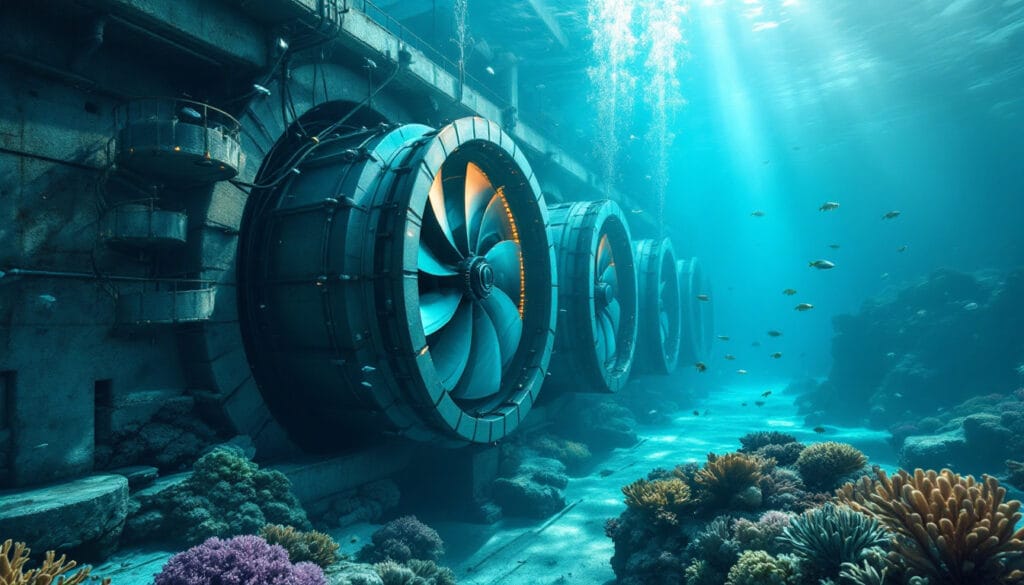Carbon Capture and Storage (CCS) is a set of technologies aimed at capturing carbon dioxide (CO2) emissions from industrial sources or biomass and then securely storing them in geological formations. This technique is designed to reduce CO2 emissions in the atmosphere and combat climate change. In France, CCS is already identified as a potential solution for treating up to 15 MtCO2/year, including 5 MtCO2 from industry and 10 MtCO2/year from biomass. In this article, we will explore in more detail the capture process, storage methods, and the challenges associated with this technology.
The Capture Process
The capture of CO2 involves several techniques that allow for the extraction of CO2 from emitted gases before they enter the atmosphere. Among these techniques, pre-combustion capture, post-combustion capture, and oxy-fuel combustion capture are the most common. Pre-combustion capture involves decarbonizing the fuel before it is burned, converting it into a synthesis gas primarily composed of hydrogen and CO2. This allows for the separation of CO2 before it is emitted. Post-combustion capture, commonly used in power plants, extracts CO2 from flue gases after fuel combustion. Finally, oxy-fuel combustion uses pure oxygen for combustion, facilitating CO2 capture by creating more concentrated emissions.
Storage Methods
Once the CO2 is captured, the question arises as to where and how to store it. CCS relies on geological storage of CO2, injecting it into secure geological formations such as deep saline aquifers, old oil or gas fields, or deep geological formations. Once injected, CO2 is trapped by impermeable rock layers through a natural mineralization process that can take thousands of years. This long-term storage aims to prevent captured CO2 from returning to the atmosphere.
Applications and Potential
In France, the potential of CCS is vast. National targets aim to treat up to 15 MtCO2/year, of which a significant portion comes from industry and biomass. CCS is applied, for instance, in electricity production, steelmaking, cement production, and chemicals. CO2 storage initiatives are also exploited to improve enhanced oil recovery (EOR), a technique that uses injected CO2 to increase pressure in oil fields and enhance oil extraction. Additionally, innovative solutions aim to add value to captured CO2 by reusing it in industrial processes or in the manufacturing of new materials.
Challenges and Prospects
Despite its promising potential, CCS faces several challenges. The main technical challenges include the high cost of capturing CO2 and uncertainties associated with long-term storage. The infrastructure for transporting and storing CO2 also requires considerable investment. In terms of regulation, clear legal frameworks and supportive policies are necessary to encourage the development and large-scale deployment of CCS. Finally, ongoing research is essential to improve the efficiency of capture technologies and ensure the safety of storage sites.
In summary, carbon capture and storage represent a viable pathway to reducing CO2 emissions and contributing to carbon neutrality goals. Although the challenges are numerous, technological advancements and regulatory initiatives could pave the way for broader adoption of CCS in the near future.
Articles similaires
Thank you!
We will contact you soon.













